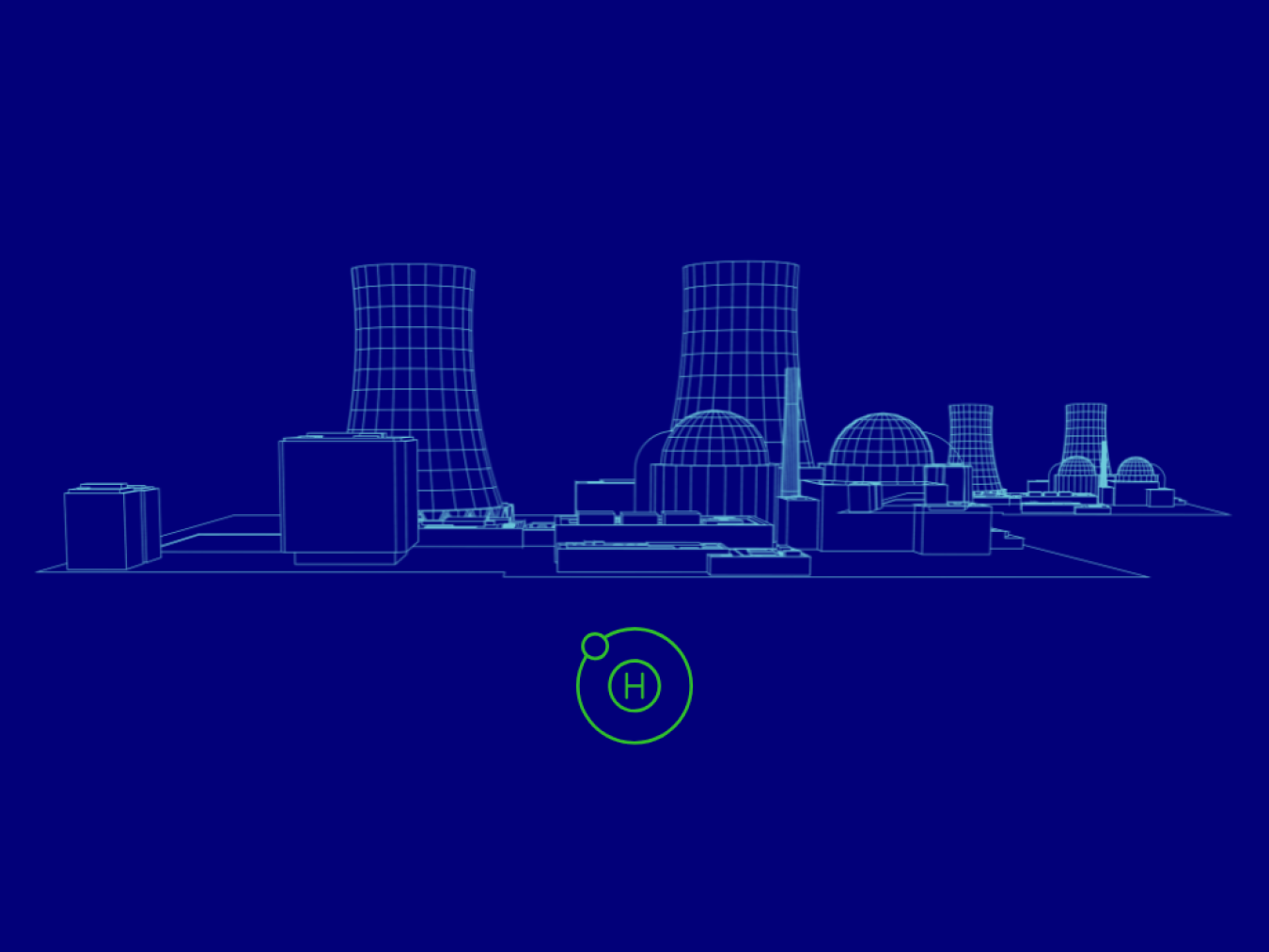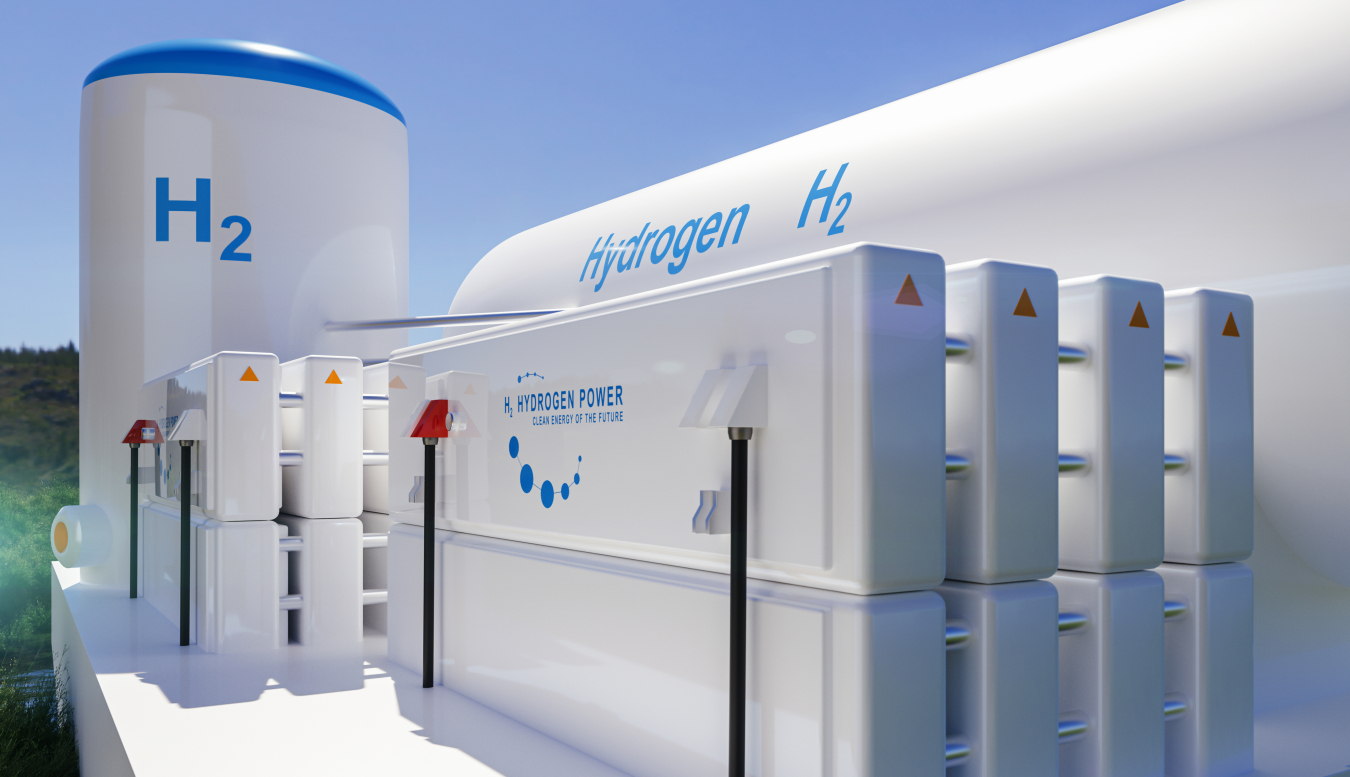Final rules provide clarity for incremental eligibility pathways for the nation’s nuclear power plants that meet certain criteria.
January 16, 2025The U.S. Department of Treasury and Internal Revenue Service recently released the final implementation rules for the Clean Hydrogen Production tax credit.
After reviewing over 30,000 public comments, the two agencies made several key changes that could qualify more of the nation’s nuclear power plants to power eligible hydrogen production.
What is the 45V Clean Hydrogen Production Tax Credit?
The 45V Clean Hydrogen Production Tax Credit was established under the Inflation Reduction Act of 2022 to incentivize more hydrogen production with lower greenhouse gas emissions.
The tax credit creates a new 10-year incentive for clean hydrogen of up to $3.00/kilogram. The incentives come in four tiers and are based on the carbon intensity of the hydrogen production process, along with certain wage and apprenticeship requirements.
One promising way for hydrogen producers to qualify for the most valuable – and cleanest – credit tier is by using electrolyzers powered by clean electricity.
Producers wishing to use clean electricity from a specific generator must demonstrate the generation is deliverable and incremental to ensure that clean generation is not just diverted to a hydrogen producer from another end user.
The proposed rules that the Treasury Department and IRS released in December 2023 requested public comment on a number of potential incremental pathways relevant to existing nuclear generation, but did not provide certainty on whether any existing plants could be treated as incremental clean power.
The final rules published provide that clarity by including incremental eligibility pathways for the nation’s nuclear power plants that meet certain criteria.
Who Qualifies?
There are four key provisions that impact the eligibility of nuclear power plants for the Clean Hydrogen Production tax credit:
- Existing merchant or single-unit nuclear plants can qualify to supply up to 200 megawatts of electricity for hydrogen production *if* they face retirement risks because these facilities are least likely to induce significant indirect emissions by selling their electricity to hydrogen producers.
- Nuclear plants that have shut down for at least one year and are then cleared by the U.S. Nuclear Regulatory Commission (NRC) to restart would also qualify.
This rule could potentially impact two reactors that have recently shut down.
The Palisades nuclear power plant could be first decommissioned reactor to restart later this year in Michigan, while Constellation is planning to resume operations at Three Mile Island Unit 1 in Pennsylvania in 2028. - Any U.S. reactor that receives a power uprate from the NRC can qualify for the credit and would be recognized as new capacity for clean electricity. However, there are no applications currently under review with the regulator.
- Finally, reactors operating in states with robust GHG emissions caps paired with clean electricity standards or renewable portfolio standards meeting the criteria set forth in the final rules may also qualify— potentially opening up new markets for California’s Diablo Canyon Units 1 and 2, and the Columbia Generating Station in Washington.
Why Hydrogen?
Hydrogen is an important energy carrier that can be used for energy storage to boost the resiliency of our grid.
It’s also an important feedstock material for oil refining and ammonia production.
It can be made through a process known as steam methane reforming, which converts high-temperature-steam and methane into hydrogen, carbon dioxide, and carbon monoxide.
It can also be made by the use of electrolyzers, powered by clean power sources like nuclear or renewables, that split water into oxygen and hydrogen.
DOE estimates that a single 1,000-megawatt reactor could produce up to 150,000 tons of hydrogen each year, which could be sold regionally as a commodity for fertilizers, oil refining, steel production, or even carbon-neutral synthetic fuels.
To help lower emissions and scale-up the production of clean hydrogen, DOE is investing billions in standing up regional clean hydrogen hubs across the country and is supporting a variety of clean hydrogen demonstration projects, some of which include nuclear power plants.
The final Clean Hydrogen Production tax credit rules should provide more investment certainty on these projects moving forward.
DOE is expected to release an updated version of the 45VH2-GREET model that hydrogen producers can use to calculate the Clean Hydrogen Production tax credit in the coming weeks.



